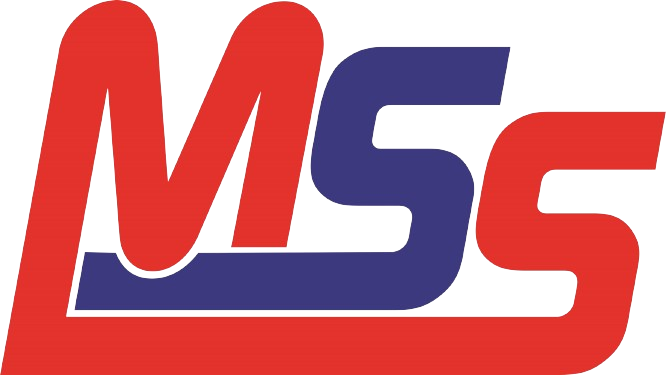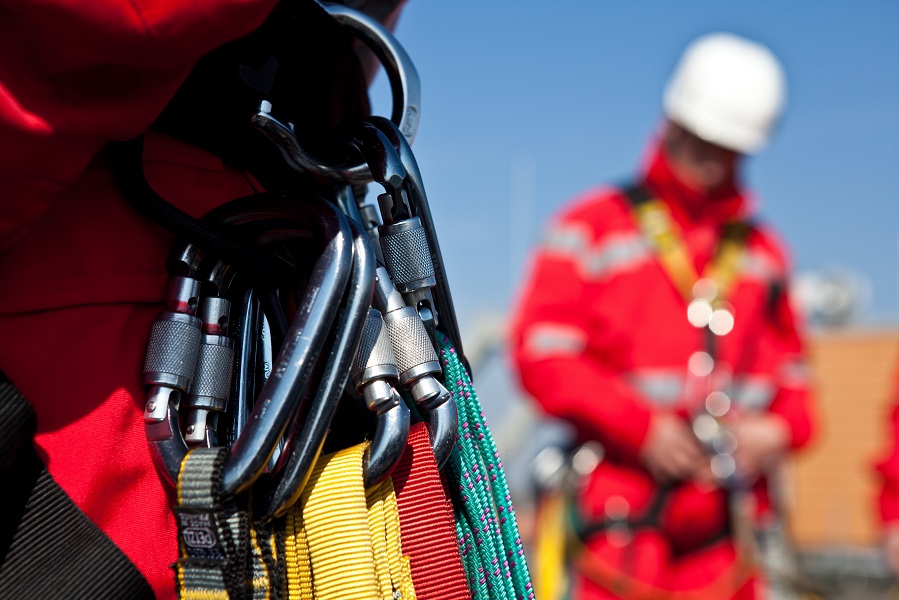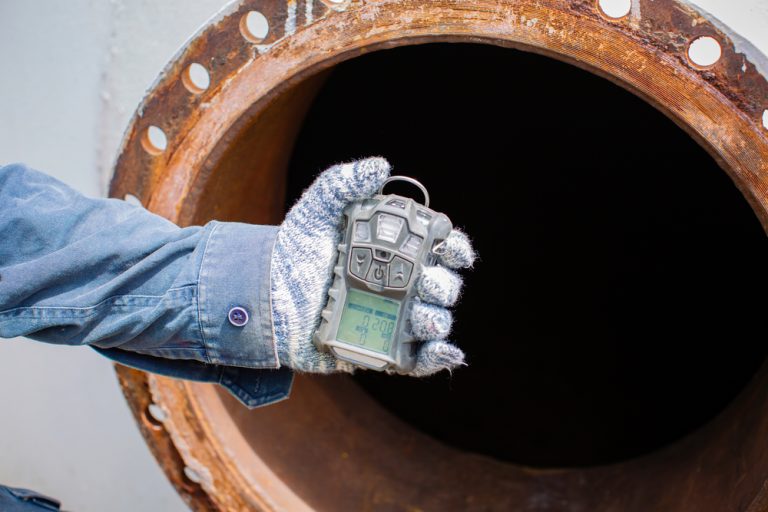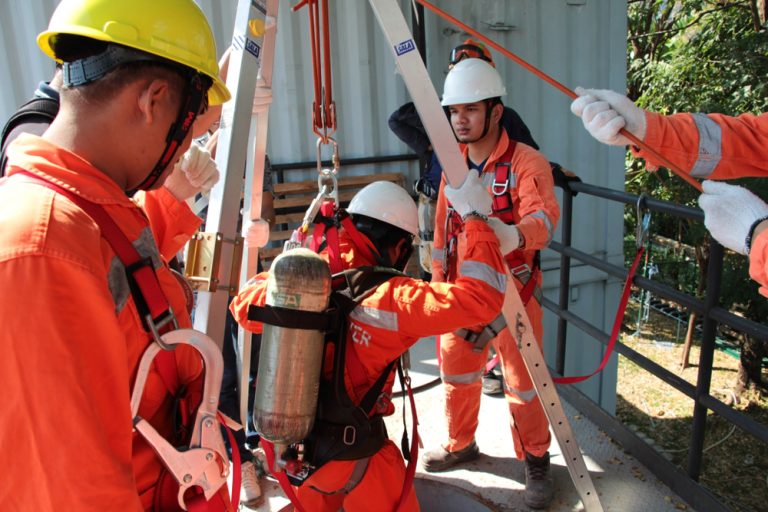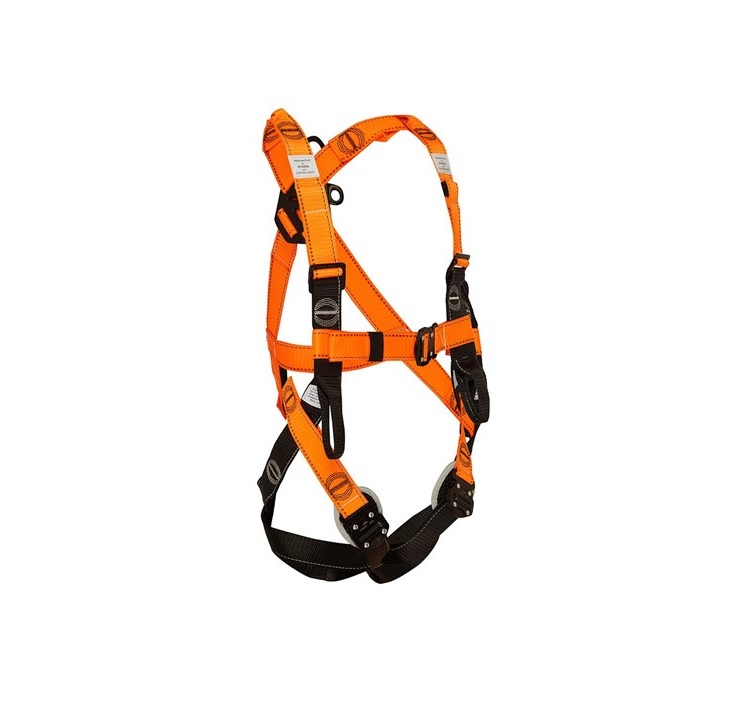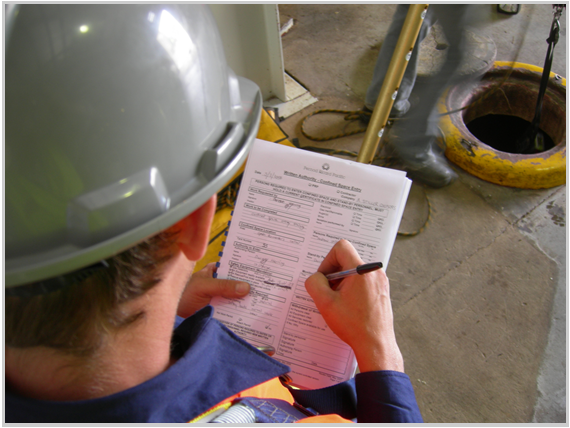What is working safely at height?
Under the Australian Work Health and Safety (WHS) Act and Regulations, employers and employees are legally obligated to prioritize the safety of workers exposed to fall risks.
Getting the right training (in person v online)
Accredited training programs ensure that workers not only understand the regulations but also acquire the necessary skills and knowledge to safely conduct tasks at heights.
Such training programs cover essential topics, including risk assessment, hazard identification, and the correct selection of personal protective equipment (PPE). These programs are designed to meet Australian Standards and are regularly updated to reflect changes in legislation and industry best practices.
A critical shortcoming of online training can be the absence of interaction with qualified instructors who are industry experts. RIIWHS204E Work Safely At Heights has a requirement to complete a series of observed practical tasks in different scenarios.
Face-to-face training allows for the guidance of experienced professionals who can provide tailored advice based on specific job scenarios. Participants can also gain insights into current industry trends, new equipment innovations, and nuanced safety considerations. This level of personalised instruction is irreplaceable and ensures that workers are better prepared to handle working at heights.
In addition, workers gain literal hands on experience and learn how to properly don and adjust their harnesses and use fall protection systems, gaining confidence and ensuring the equipment functions as intended to prevent or arrest falls.
Without proper training, workers may unknowingly compromise their safety by unintentionally misusing equipment.
Select suitable equipment for the task
Correct selection of user equipment is another vital aspect of safety when working at heights.The WHS Act mandates that workers use suitable fall protection equipment, such as harnesses, lanyards, and anchor points, tailored to the specific tasks they perform.
Accredited training ensures that workers are equipped with the knowledge to select the right PPE based on the height, type of work, and potential hazards. Incorrect equipment selection can result in severe injuries or fatalities.
Do I need to get my working at heights gear checked?
According to Australian WHS Regulations, height safety equipment must be inspected and tagged every six months by a qualified Height Safety Equipment Inspector. These inspections ensure that the equipment remains in good condition and is free from damage or wear that could compromise its effectiveness.
Even minor defects in harnesses, ropes, or anchor points can lead to catastrophic failures, which is why these 6 monthly inspections are a legal and practical necessity.
Proper, detailed documentation of inspections is also important for legal compliance and to demonstrate that an organization is taking the appropriate steps to protect its workers.
Want to know more?
- We run RIIWHS204E weekly at our Salisbury South Training Centre, dates here.
- We can deliver the course at your site for groups too. Contact Us Here
- You can visit our online store for new equipment
- You can even visit us in-store here.
- Find out more about height safety equipment inspection here or make an enquiry
